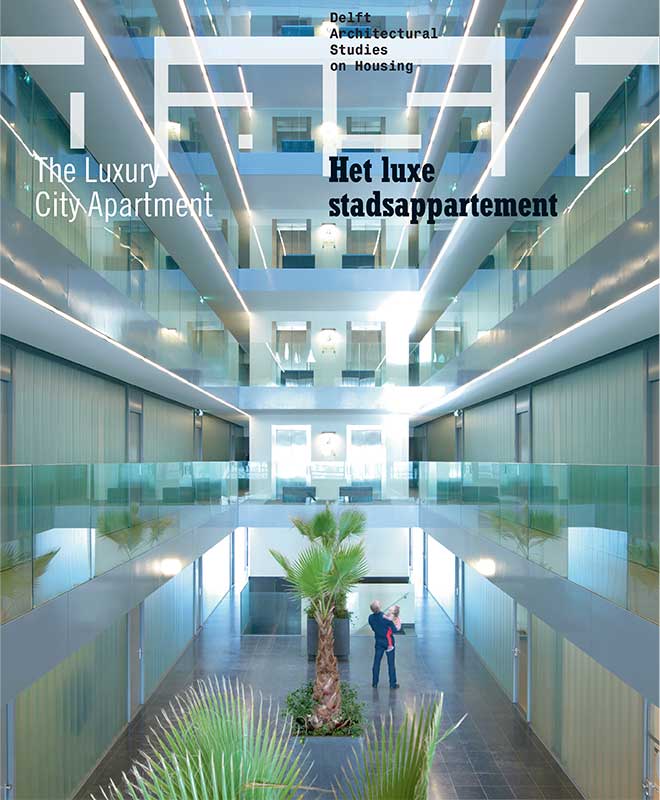Het luxe stadsappartement
DOI:
https://doi.org/10.7480/dash.02.4554Samenvatting
In today’s economic climate with housing production at a record low, it might seem odd to devote a publication to the luxury city apartment. Yet over the past few years, this very sector is where there have been surprising innovations in housing design. While the bulk of production entails the repetition of a few standard floor plans considered adequate, we see interesting indications for the future in projects for more expensive city apartments.
A serious look at innovations regarding the city apartment is justified, if only because an important part of the housing task has shifted to the densification of existing urban space. First, we can observe that the emphasis on social housing in the twentieth century came at the expense of housing typologies for those of the middle class who led an urban lifestyle. While social housing typologies are efficient and economical, they hardly offer anything in common with, for example, having a professional practice at home, putting up guests for a shorter or longer period, or distinguishing between private and public spaces within the apartment.
Second, we are seeing the rise of new urban lifestyles, such that even in a country like the Netherlands with a relatively undeveloped tradition in apartment construction, there is a real demand for more expensive city apartments that are bigger and more luxurious than the standard three-room flat. Since the 1990s, new groups of professionals have been eager to live in the city, including internationally outsourced expats, but also families with two working parents who would rather not move to the suburbs for a child-friendly environment. Moreover, there are the empty-nesters, active seniors without children, who want to return to the city in order to enjoy the high level of services.
The liberalization of the housing market in the Netherlands has offered both opportunities and fresh obstacles. New players are trying to break into the market with contemporary housing concepts (serviced apartments in the high-end sector) but at the same time it seems that there are hardly enough incentives in a tight market to truly innovate. In the Dutch situation, it still remains a fact that producers and municipal governments determine what is to be built and that the housing consumer comes off second best. In soft housing markets like in Berlin, this proves to be very different, just as it is in cities with a rich tradition of apartment construction, urban lifestyles and private development, such as New York or Brazil.



